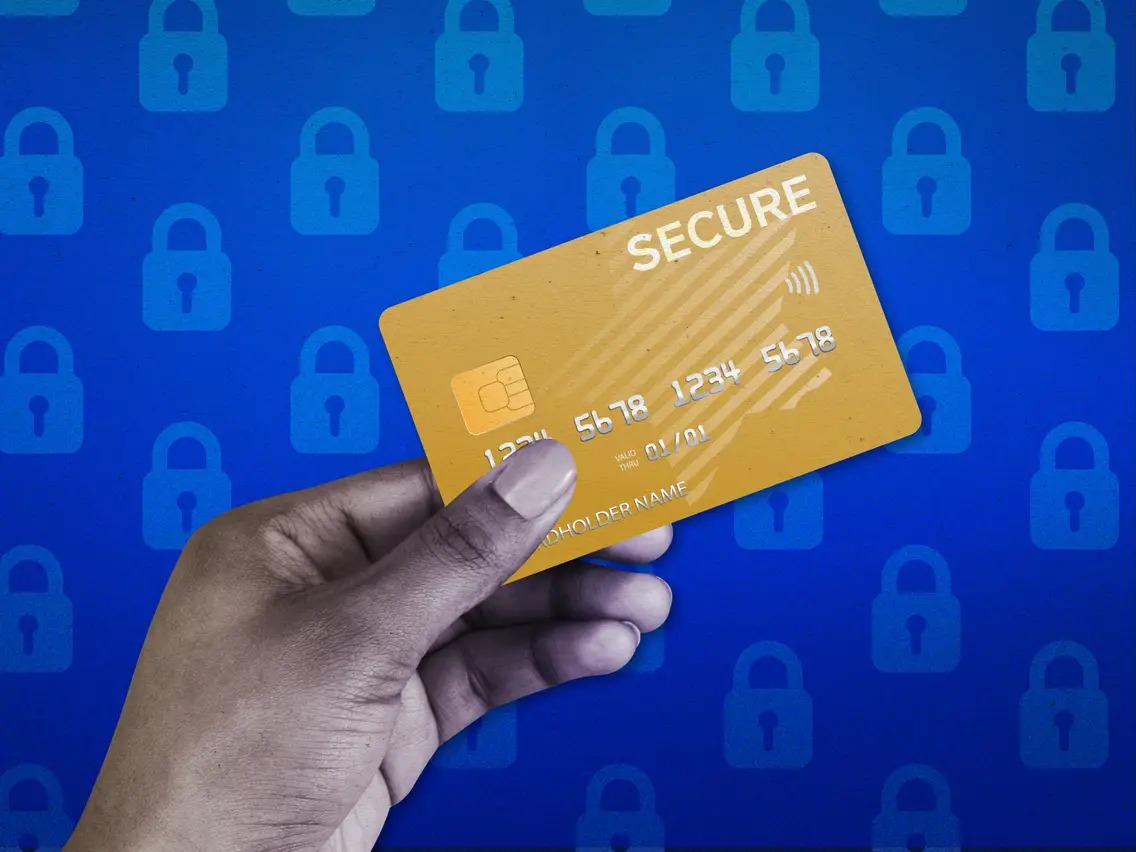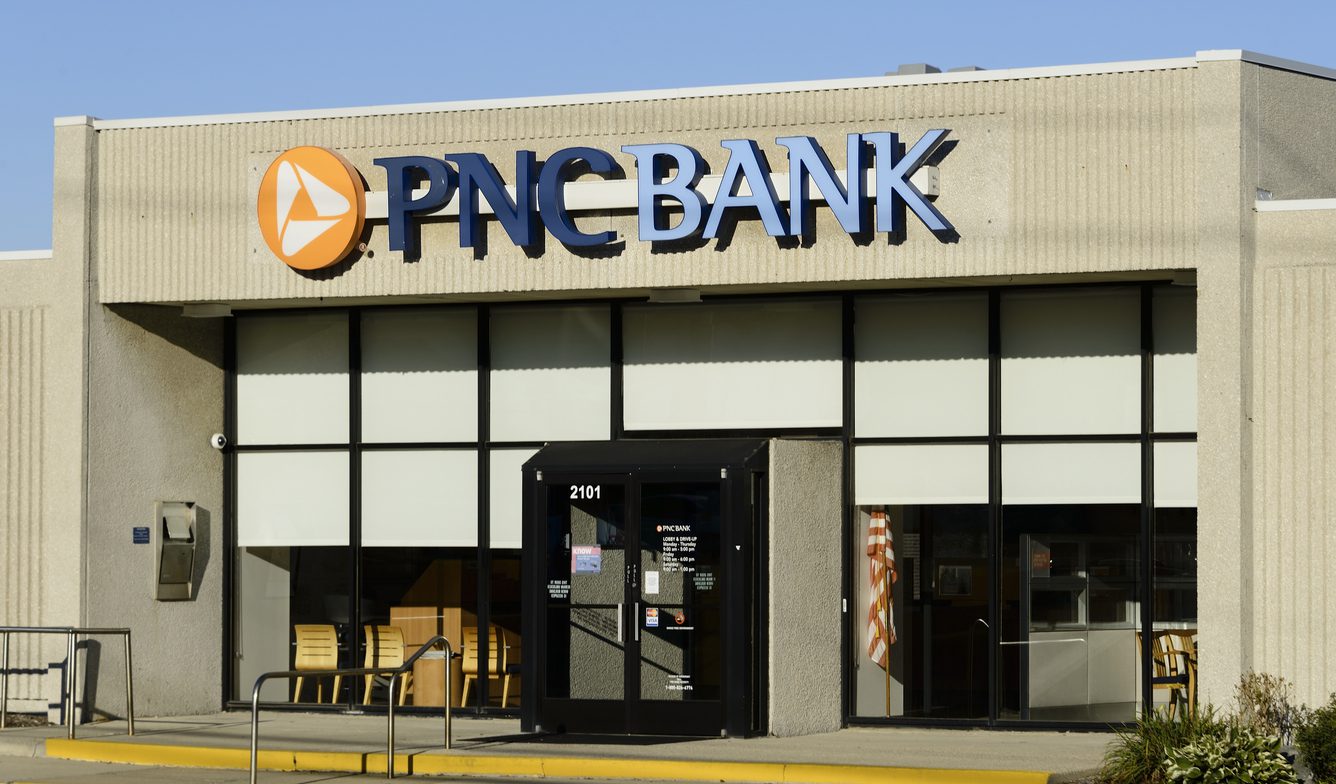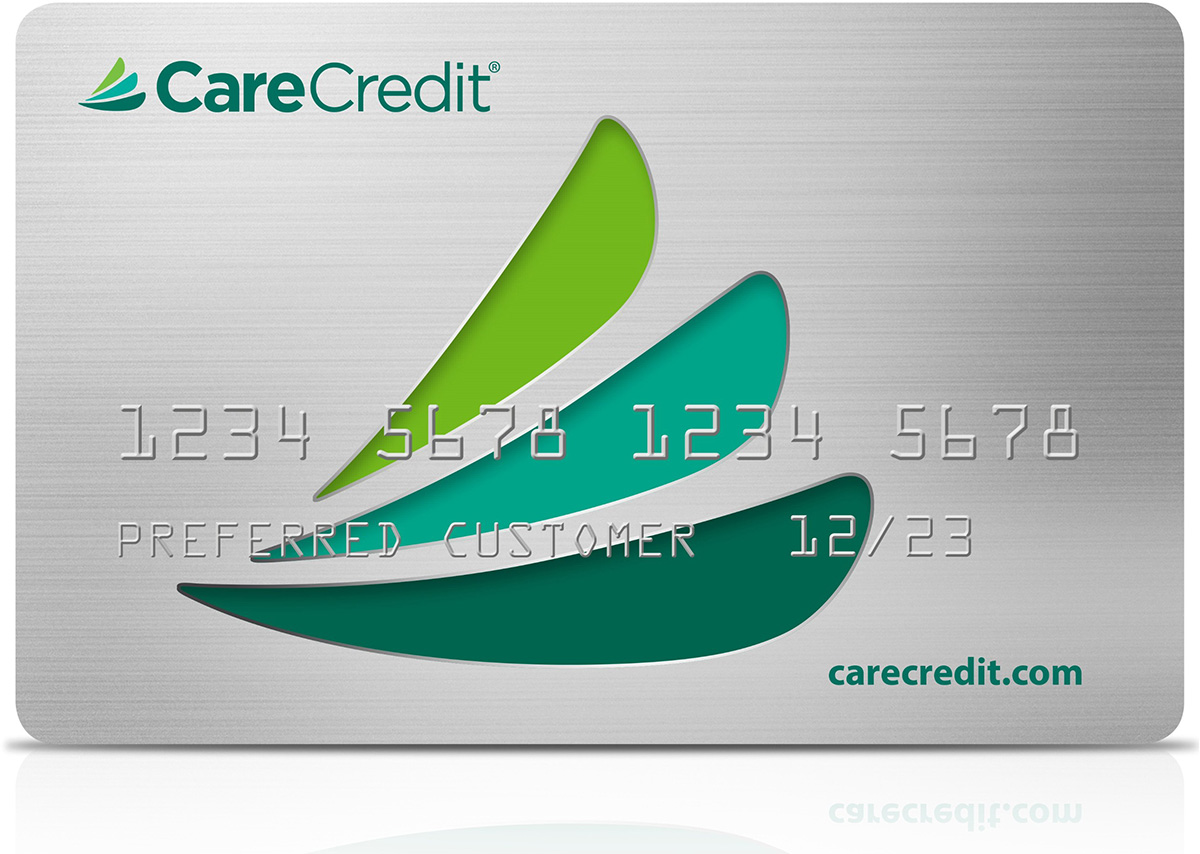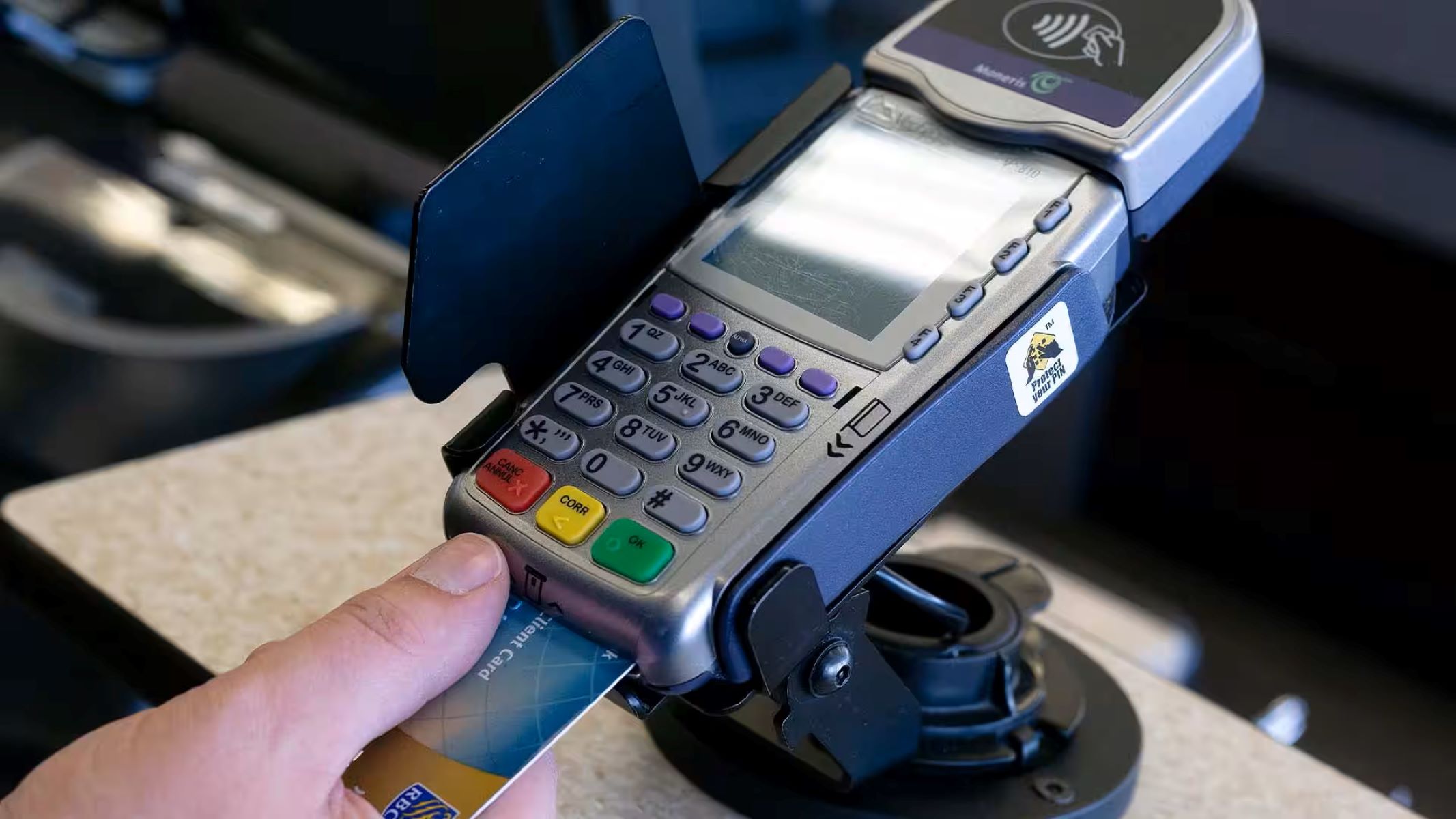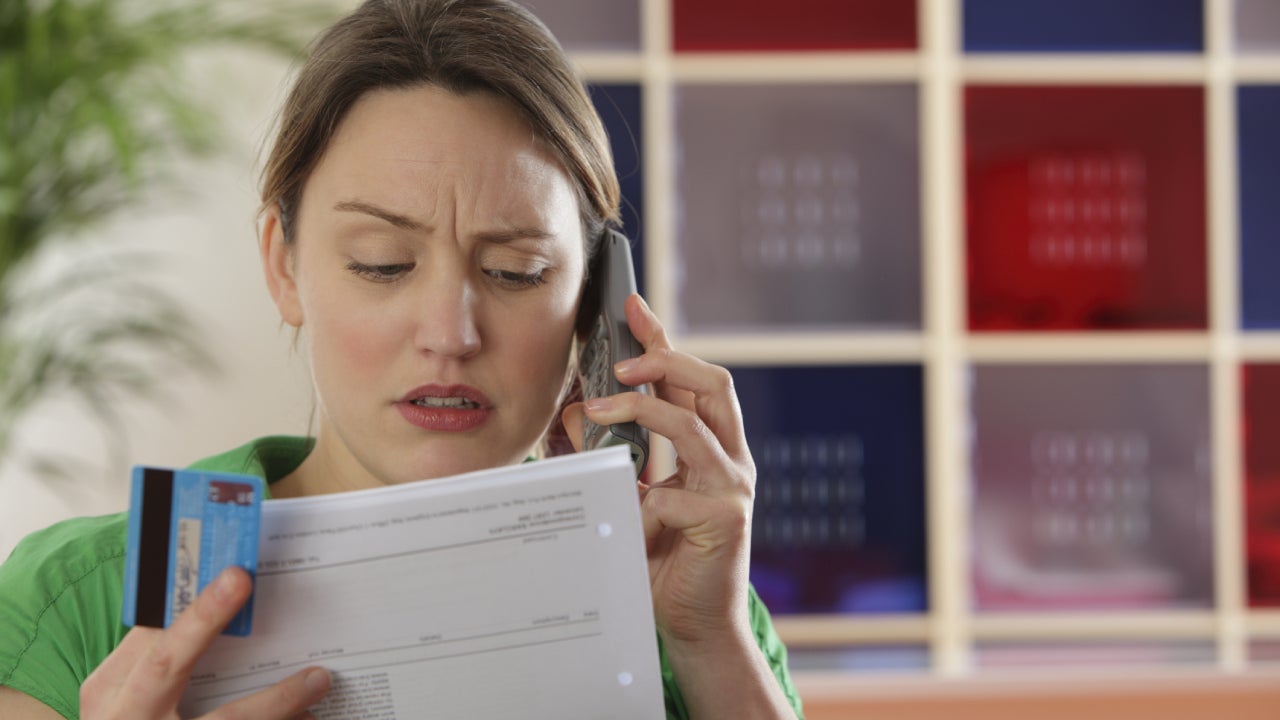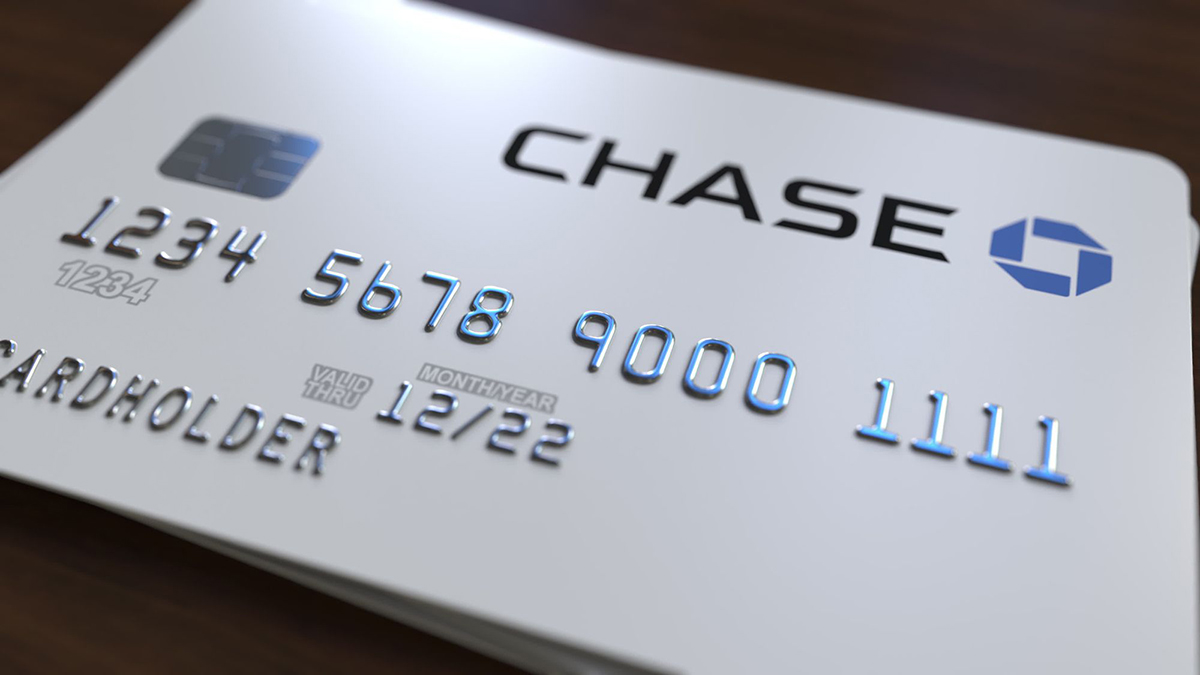

Finance
What Are Secured Card Readers?
Published: March 2, 2024
Learn how secured card readers can provide added security for financial transactions. Understand the benefits and uses of these devices in the finance industry.
(Many of the links in this article redirect to a specific reviewed product. Your purchase of these products through affiliate links helps to generate commission for LiveWell, at no extra cost. Learn more)
Table of Contents
**
Introduction
**
Secured card readers play a crucial role in the world of finance and retail. These devices are designed to securely process credit and debit card transactions, providing a reliable and efficient method for businesses to accept payments from customers. In today's digital age, where electronic payments have become the norm, secured card readers are essential tools for merchants and service providers.
The ability to accept card payments is a fundamental requirement for businesses of all sizes. Whether it's a small local retailer or a large multinational corporation, the convenience and security offered by secured card readers are indispensable. These devices not only streamline the payment process but also ensure the protection of sensitive financial information, benefiting both merchants and consumers.
As we delve into the intricacies of secured card readers, it's essential to understand how these devices function, the different types available, their associated benefits, and the key considerations for selecting the most suitable option. By gaining insight into these aspects, businesses and consumers can make informed decisions regarding the adoption and use of secured card readers.
**
How Secured Card Readers Work
**
Secured card readers operate by encrypting and processing the data from credit and debit cards to facilitate secure transactions. When a customer inserts or swipes their card, the reader captures the card’s information, including the account number and expiration date. This data is then encrypted to prevent unauthorized access or interception during transmission.
Upon encryption, the secured card reader transmits the encrypted data to the payment processor or acquiring bank for authorization. The payment processor decrypts the information, verifies the transaction details, and communicates with the card issuer to ensure that the customer’s account has sufficient funds for the transaction. Once the authorization is obtained, the secured card reader completes the transaction, and a receipt is generated for the customer.
One of the key components of secured card readers is the secure authentication process. This involves the use of cryptographic protocols and secure communication channels to protect the integrity and confidentiality of the transaction data. Additionally, many modern secured card readers incorporate EMV (Europay, Mastercard, and Visa) technology, which utilizes microprocessor chips embedded in the cards to enhance security and reduce the risk of fraud.
Furthermore, secured card readers are often equipped with additional security features such as tamper detection mechanisms and end-to-end encryption, further safeguarding the transaction process. These measures are essential for mitigating potential vulnerabilities and ensuring the overall security of card-present transactions.
**
Types of Secured Card Readers
**
Secured card readers are available in various forms to cater to the diverse needs of businesses and industries. The most common types include:
- Traditional Wired Readers: These readers are physically connected to a point-of-sale (POS) system or a mobile device through a wired connection, such as USB or serial port. They are widely used in retail environments and provide reliable and stable connectivity for processing transactions.
- Wireless Readers: Wireless secured card readers utilize Bluetooth or Wi-Fi technology to establish a connection with a POS system or mobile device. This wireless capability offers flexibility and mobility, making them suitable for businesses that require portable payment solutions, such as food trucks and outdoor events.
- Mobile Card Readers: These compact and portable readers are designed to be used with smartphones or tablets, enabling businesses to accept card payments on the go. They are particularly popular among small businesses and independent contractors who need a convenient and cost-effective payment processing solution.
- Integrated Readers: Integrated secured card readers are built directly into POS systems or self-service kiosks, providing a seamless and streamlined payment experience for customers. They are commonly used in retail stores, restaurants, and other establishments where efficiency and space optimization are crucial.
Each type of secured card reader offers distinct advantages in terms of functionality, connectivity, and suitability for specific business operations. Understanding the unique features of these readers is essential for businesses to choose the most appropriate solution that aligns with their operational requirements and customer interactions.
**
Benefits of Using Secured Card Readers
**
The utilization of secured card readers yields a multitude of benefits for businesses and consumers alike. Some of the key advantages include:
- Enhanced Security: Secured card readers employ advanced encryption and authentication methods, significantly reducing the risk of data breaches and fraudulent activities. This instills confidence in customers and helps businesses maintain a secure payment environment.
- Convenience and Flexibility: By accepting card payments, businesses can cater to a wider customer base and offer convenient payment options. Secured card readers enable transactions to be processed swiftly, enhancing the overall customer experience.
- Reduced Cash Handling: Utilizing secured card readers minimizes the reliance on cash transactions, leading to improved cash flow management and reduced risks associated with cash handling, such as theft and accounting errors.
- Accessibility: Mobile and wireless secured card readers empower businesses to accept payments in various settings, including remote locations and events, expanding their sales opportunities and customer reach.
- Transaction Records and Reporting: Secured card readers facilitate the automatic recording of transactions, simplifying accounting processes and providing valuable insights into sales performance and customer spending patterns.
- Compliance with Industry Standards: Businesses that use secured card readers demonstrate their commitment to adhering to industry regulations and standards for secure payment processing, fostering trust and credibility among customers and partners.
These benefits underscore the importance of secured card readers in modern business operations, highlighting their role in promoting efficiency, security, and customer satisfaction.
**
Considerations When Choosing a Secured Card Reader
**
When selecting a secured card reader for their business, merchants and service providers should carefully evaluate several key factors to ensure the suitability and effectiveness of the chosen solution:
- Security Features: Prioritize secured card readers with robust security measures, such as end-to-end encryption, tokenization, and EMV compliance, to safeguard sensitive payment data and mitigate the risk of fraud.
- Compatibility and Integration: Assess the compatibility of the secured card reader with existing POS systems, software, and mobile devices to ensure seamless integration and optimal functionality.
- Connectivity Options: Consider the connectivity requirements of the business, whether it necessitates wired, wireless, or mobile solutions, and select a reader that aligns with these needs.
- Transaction Volume and Speed: Evaluate the reader’s capability to handle the expected transaction volume and processing speed, especially during peak business hours, to prevent delays and bottlenecks.
- Cost and Fees: Compare the upfront costs, transaction fees, and contractual obligations associated with different secured card readers to identify the most cost-effective and transparent payment processing solution.
- Customer Support and Service: Choose a reputable provider that offers reliable customer support, maintenance services, and technical assistance to address any issues or concerns that may arise during the reader’s use.
- Future-Proofing and Upgradability: Consider the potential for future technological advancements and regulatory changes, and select a secured card reader that can accommodate updates and new features to remain compliant and competitive.
By carefully considering these factors, businesses can make informed decisions when choosing a secured card reader, ultimately enhancing their payment processing capabilities and ensuring a positive experience for both customers and staff.
**
Conclusion
**
Secured card readers serve as indispensable tools in the modern financial landscape, offering businesses a secure, efficient, and versatile means of accepting card payments. As electronic transactions continue to dominate the realm of commerce, the importance of implementing reliable and technologically advanced secured card readers cannot be overstated.
By understanding the inner workings of secured card readers, the various types available, and the associated benefits and considerations, businesses can make informed decisions when selecting a suitable solution for their payment processing needs. The enhanced security, convenience, and operational advantages offered by secured card readers not only streamline payment processes but also contribute to fostering trust and satisfaction among customers.
Furthermore, as technology and consumer preferences evolve, secured card readers play a pivotal role in facilitating seamless and compliant payment experiences, ensuring that businesses remain competitive and adaptable in an ever-changing market environment. The ability to process card payments securely and efficiently is no longer a luxury but a necessity for businesses seeking to meet the demands of a digital economy.
In conclusion, the adoption of secured card readers represents a strategic investment in the operational integrity and customer-centric approach of businesses across various industries. By prioritizing security, compatibility, and customer experience, businesses can harness the full potential of secured card readers to drive growth, mitigate risks, and elevate the overall quality of their payment processing capabilities.
